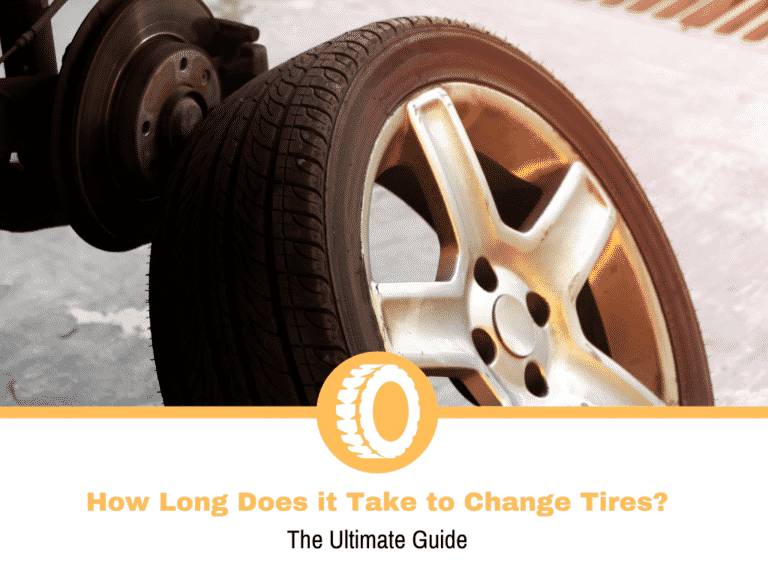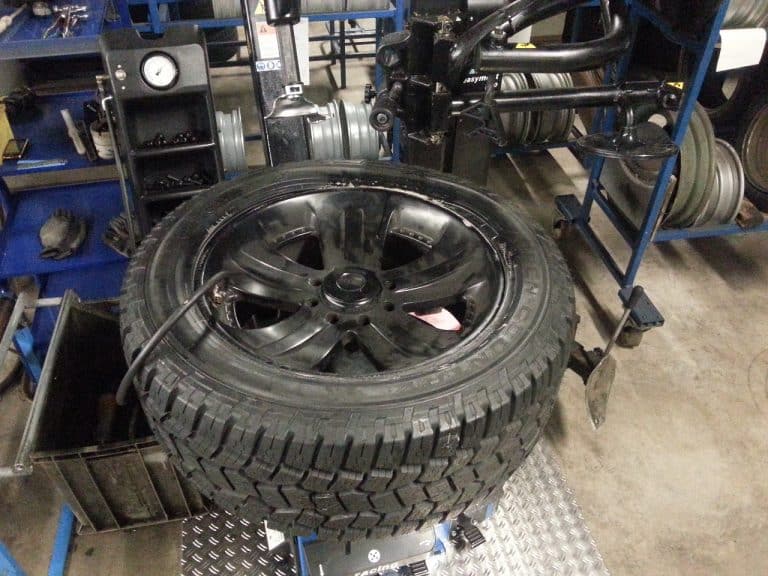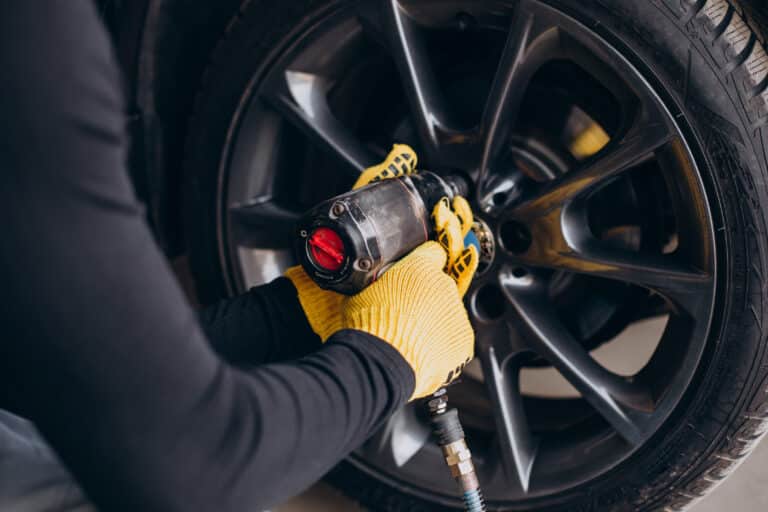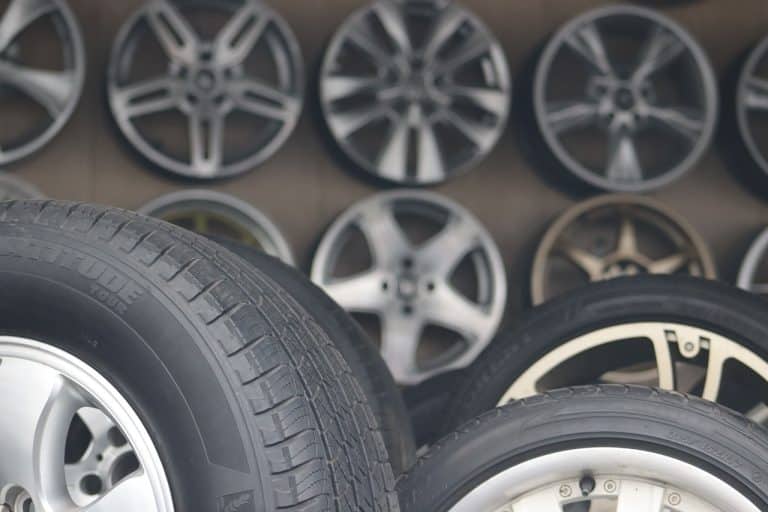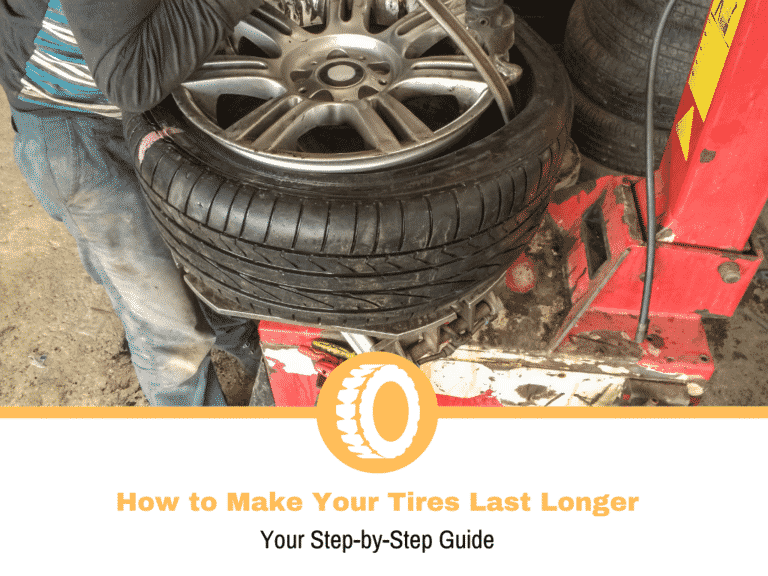Will Feathered Tires Smooth Out?
Feathered tires occur when one side of the tire is more worn out than the other. This also causes unwanted vibrations and noises which can both annoy you and make the driving experience unsafe. Issues such as these can sometimes be resolved by simply realigning the wheels, but they can also often point to more serious suspension component issues.
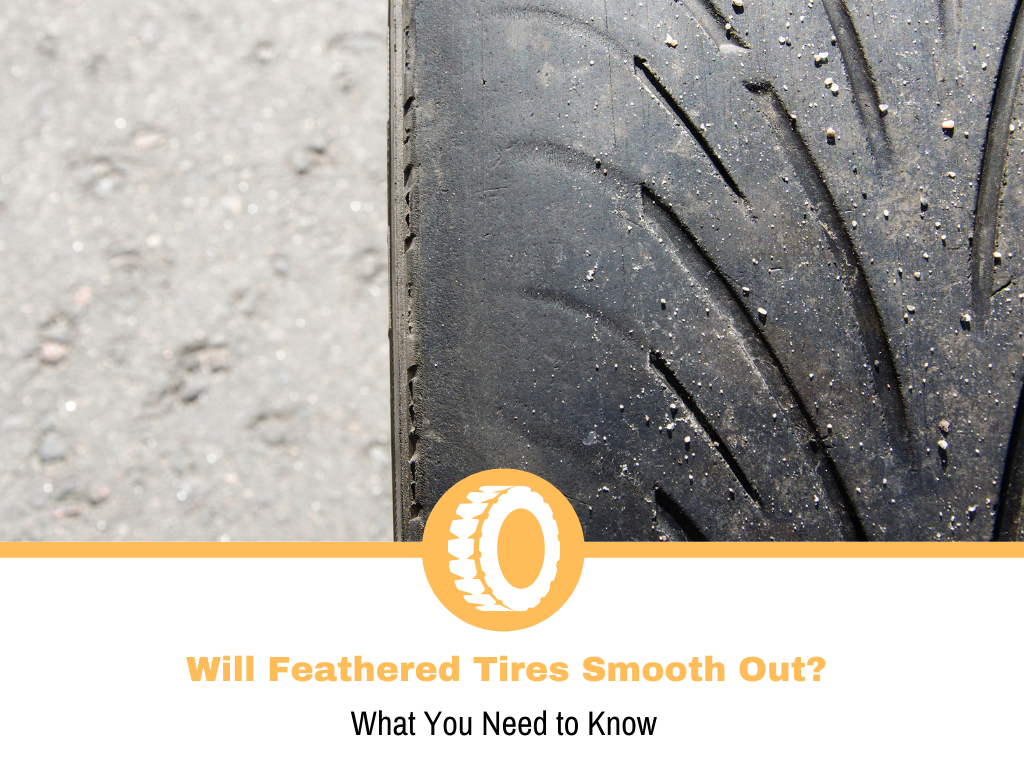
When Will Feathered Tires Smooth Out?
If you manage to spot tire feathering early, you might even be able to fix the issue with a simple wheel and/or suspension system alignment. As such, your tires will eventually smooth out. However, if your tires are severely feathered you will have to replace them and fix whatever it is that’s causing the underlying issue.
What Causes Feathered Tires?
Feathered tires are commonly caused by:
- Improper Air Pressure
- Out Of Spec Wheel Alignment
- Shock Or Strut Issues
- Bad Ball Joints
Improper Air Pressure
For a tire to perform as intended, it needs the right amount of air pressure. Automakers spend a great deal of time and money testing their cars in order to achieve a specific driving manner which also includes a specific set of wheels and tires, and more importantly, a specific tire inflation pressure.
You should always follow your manufacturer’s recommendations when it comes to precise tire pressure because that’s essential for proper vehicle controllability. Furthermore, it also means that your tires will optimally distribute both lateral and longitudinal forces while cornering and accelerating in order to even out tire wear.
Be sure to check the pressure within your tires every month or so, or whenever you plan on taking a longer trip.
Out Of Spec Wheel Alignment
Wheel alignment is a term associated with adjusting the angle of your wheels in order to increase the contact patch between the tires and the road surface. This ensures that your wheels meet the road at the right angle thus making the car drive optimally.
Wheel adjustment consists out of adjusting specific wheel parameters such as camber, caster, and toe. Tire feathering is usually caused by excessive toe and caster while excessive camber causes so-called one-sided shoulder tire wear.
Shock Or Strut Issues
Your suspension system consists out of many components which are tasked with making the car drive in a comfortable and controlled manner. Shocks and struts are essential suspension components that tend to wear over time and cause all sorts of irregularities such as feathered tires, uneven steering, steering wheel vibrations, and rough ride to name a few.
Whenever your shocks, your bearings, and your struts fail, they are likely going to change the toe of your wheels which will, in turn, cause your tires to wear unevenly.
Ball Joint Issues
A car’s ball joints are spherical bearings tasked with providing precise pivotal movement in order to make the car precise and easy to control. They connect the steering knuckles and front axle control arms and allow them to work together and transfer movement across the entire suspension system.
Functional ball joints are able to last more than 100k miles but several factors can cause them to wear out prematurely. When ball joints go bad, they are likely going to change the angle of your wheels and thus cause tire feathering.
How Bad Is Tire Feathering And How Can I Prevent It From Happening?
Even though tire feathering may not seem like a grave issue to some, you need to remember that the tires are the only contact point between the car and the road surface and thus need to be aligned as precisely as possible through regular check-ups and maintenance.
As previously mentioned, it takes quite a bit of time, money, and engineering to make a car drive in a certain way. As such, you need to make sure that all of your suspension components are in tune with one another in order to ensure optimal handling, comfort, and safety.
If you manage to spot signs of tire feathering early, you are in a position to resolve the issue by simply addressing all of the above-listed parameters. As such, your tires will eventually smooth out and everything will be in perfect order.
However, if your tires are severely feathered, you will have to replace them, but only after you’ve successfully addressed all of the issues listed above.
What Are The Signs Of Uneven Tire Wear?
Tires are not made to last forever, but there are ways how one can maximize the lifespan of a tire by simply addressing these signs of uneven tire wear early enough.
- Vehicle Dragging To One Side
- Steering Wheel Vibrations
- Scalloped Tires
- Weird Noises
What Is the Minimum Tire Tread Depth?
Having a specific tire tread depth is essential if you want to adhere to all of the laws regarding traffic safety. As such, the minimum legal limit of tire tread depth is 2/32 of an inch, if your tread depths are lower than this you are in great danger of causing all sorts of potential issues such as increased braking distance and terrible traction levels in icy and snowy environments.
Furthermore, low tire tread depth can also cause a phenomenon known as Aquaplaning which can completely diminish traction and make the car uncontrollable at very high speeds. You can measure your tire tread depth by either looking at the tread indicator within the tire grooves or using the trusted penny test.
Conclusion
As discussed in this article, there is a great chance of smoothening out feathered tires if you are able to pinpoint the issue early enough. If that is the case, you also need to address whatever it is that’s causing your tires to become feathered in the first place. Be sure to go through all of the suspension components listed above because you need to fix these issues immediately.
Even if you simply do replace your tires without fixing the underlying issue, your new set of tires is likely to become feathered in no time. It is essential for your tires to be precisely tuned according to your manufacturer’s recommendations if you want to maximize the lifespan and the effectiveness of your tires.
